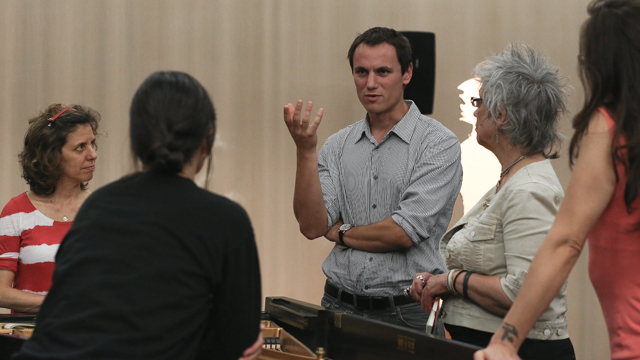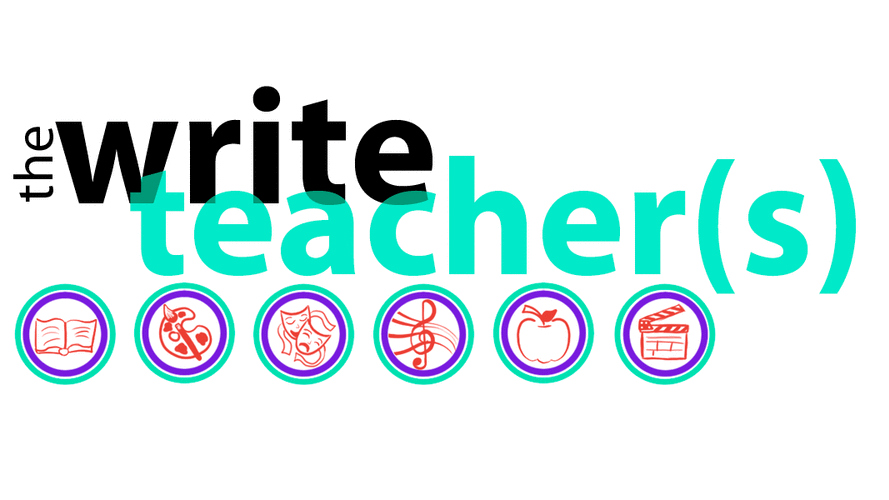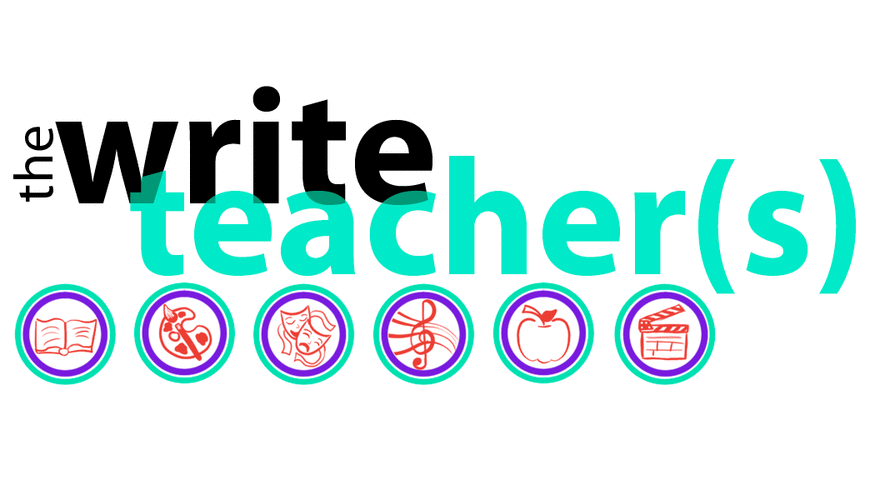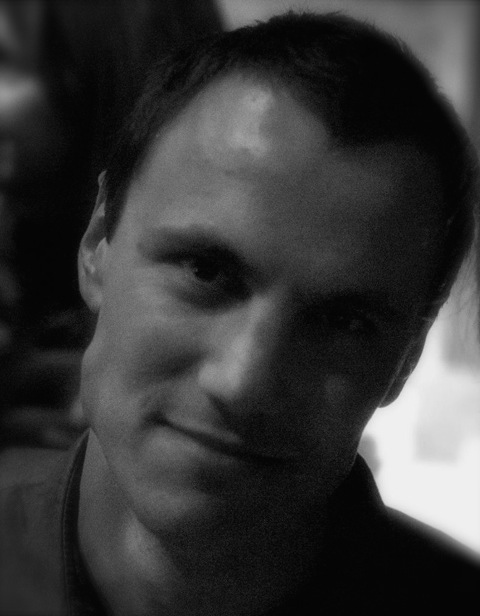Hello Beautiful People,
Daniel Sack holds a joint appointment in the Commonwealth Honors College and the English Department at UMass. He received his BA in English with a concentration in Creative Writing (Poetry) from Brandeis University and MA/PhD from Stanford University’s Drama Department. Before coming to UMass, he was on the faculty in the School of Theatre at Florida State University and taught classes at Stanford University, Amherst College, and elsewhere. For the past five summers he has been a co-instructor for a course based at the Edinburgh Fringe Festival. 
He is the author of After Live: Possibility, Potentiality, and the Future of Performance (University of Michigan Press, 2015), which explores how live events stage encounters with the future as it becomes present, and his writings on contemporary international performance in the theatre and gallery have been published in a range of journals, magazines, and essay collections. His short book about Samuel Beckett’s Krapp’s Last Tape will be published in 2016 and he is editing a collection of impossible theatrical scenarios, Imagined Theatres: Writing for a Theoretical Stage, that will be published in 2017, both from Routledge Press. From 2014-2016 he is the performance review editor for Theatre Journal.
MM: First things first, where and what do you teach?
DS: I live up in central Massachusetts where I’m based in the English Department and the Commonwealth Honors College at the University of Massachusetts Amherst. At the university I teach courses on theatre, performance art, and creative writing to undergraduates and graduate students across the campus.
MM: Did you always want to be a teacher? If not, do you remember when you decided to go into the world of academia?
DS: I started out as an actor and used to teach acting to children and adults as a side job. I decided to enter graduate school when I was a senior in college as a way to explore writing, research, and artistic practice; I didn’t begin to see myself as a real teacher until I was a good bit of the way through my studies. I’ve been teaching full time for five years now, and even if I feel much more comfortable calling myself a teacher, I think I’m still learning a great deal from my students.
MM: Where did you do your teacher training?
DS: I received a MA and PhD from the Drama Department at Stanford University (now called the Department of Theatre and Performance Studies).
MM: Who is your artistic inspiration?
DS: I write about contemporary international performance and see theatre, dance, and performance art from around the world as often as I can. Early in my studies, I encountered the work of two companies that greatly influenced me and continue to drive me onwards. I first saw a performance by the Italian director Romeo Castellucci in 2000 when I was studying abroad as an undergraduate in Ireland. It quite literally changed my life and I have spent the intervening 15 years following his company’s work in the US and Europe whenever possible, writing to try and make sense of what I’ve seen and felt in his theatre. Later, while in graduate school I studied under and performed with Lin Hixson and Matthew Goulish, of the Chicago-based collaborative performance companies Goat Island and Every house has a door. The care, precision, and profound generosity of their work in the rehearsal room, in performance, and on the page have modeled a way of living with and in relation to the world. This mode of collaborative thinking and making exemplifies a kind of ethics that I hope I might bring to all my interactions in work and otherwise.
MM: What inspires your students?
DS: I think it depends on the student. I feel I face a diverse array of individuals in every classroom and its important to attend to each one’s desires, fears, and excitement on a case-by-case basis. If I had to generalize, I think it would have something to do with the feeling in the room when we are all thinking together, discovering something new together. Even if I’m teaching a text I’ve read fifty times, that I’ve taught numerous times, inspiration arrives when we are all inventing something in the moment. I suppose that is where I see a deep connection between the theatrical experience and the classroom—in both cases, the thing is only truly alive when it is a shared feeling passing between bodies and minds in a common time and space.
MM: What do you feel your students are most afraid of?
DS: I feel that a lot of them are afraid of failure and, by extension, risk or vulnerability. They, like all of us, are scared of an unstable future and so I think they initially like to play it safe.
MM: Does social media play any part in your classroom? If so, how?
DS: I generally forbid computers and phones in the classroom unless we’re looking at a digital text (I prefer that students not print out such material—save the trees!). Outside of our meetings, I have students use course websites to develop conversations we began in class, to pose questions to each other and respond to one another. I’ve also had assignments where students pose for their own social media performances, so that they might engage critically with the ways in which these different platforms are stages for social action, both authentic and artificial. If they can reflect on their own usage of these modes of communication and embrace the possibilities they open up, while being responsible to themselves and others, then I think they can be incredibly valuable resources.
MM: What are three things you hope your students walk away with once they’re done with your class?
I would hope that they might possess and register their insight and know the tools with which to express that insight. In other words, I would like them to leave the room with: 1) the willingness to invest in their own voice (written, spoken, enacted); 2) the confidence to criticize of whatever cultural object or event—whether it’s a work of art or an encounter that they have on the street; 3) the openness to engage with ideas, artworks, and perspectives that they might initially find difficult, uncomfortable, or different from their own.
MM: In your opinion, what are the requirements for a great piece of art?
I think there are many different kinds of greatness that art might strive to realize. Personally, I am most drawn to art that challenges my preconceived notions or disrupts my habits of seeing, feeling, and thinking—art that troubles me and keeps gnawing at me for days, weeks, years afterwards. This may not be a pleasant experience, per se, but a lingering one, a memory that remains alive even with the distance of time.
MM: If we were to walk into your home, what books are permanently on your bookshelf?
DS: I’m a bit of a hoarder when it comes to books and I’ve a difficult time narrowing down a list that would inevitably include five more titles for every one I name. I’ll mention a few that I’m teaching right now that I have kept close for years and will not let go. Roland Barthes’s A Lover’s Discourse. Italo Calvino’s Invisible Cities. Anne Carson’s Autobiography in Red. The Complete Works of Samuel Beckett. Walter Benjamin’s Selected Writings. And so on.
MM: What reasons would you give to a school board for protecting arts education programming within a school district?
DS: I think that the arts engage in ways of thinking as necessary as any seemingly more objective course of study. They provide insight into experiences outside our own perspective, or extend our perspective in ways we had not anticipated possible. In other words, they raise important questions about how we relate to one another. Critical thinking and collaborative thinking are important tools in any future path a student might pursue, and the arts not only show us these tools in action but encourage us to practice them ourselves. As such, I think it vital that students be exposed to works of art from a variety of different traditions and points of view.
MM: Who is/was your greatest teacher?
DS: I feel fortunate to have been moved and changed by a number of extraordinary teachers over (too) many years of education: my first acting teachers (Debbie Mayo, Robin Allan, and–yes–Joe Minutillo), my creative writing teacher in college (the poet Olga Broumas), my professors in graduate school (Peggy Phelan, Alice Rayner, Carl Weber), and many, many artists and friends along the way. Each has impacted me lastingly. I really could not single one out.
Thank you, Dan!
Questions for Professor Sack? Leave them in the comments section below, or tweet them to us at @TheWriteTeach, using the hashtag, #AskATeach
Live, Love, Learn,


